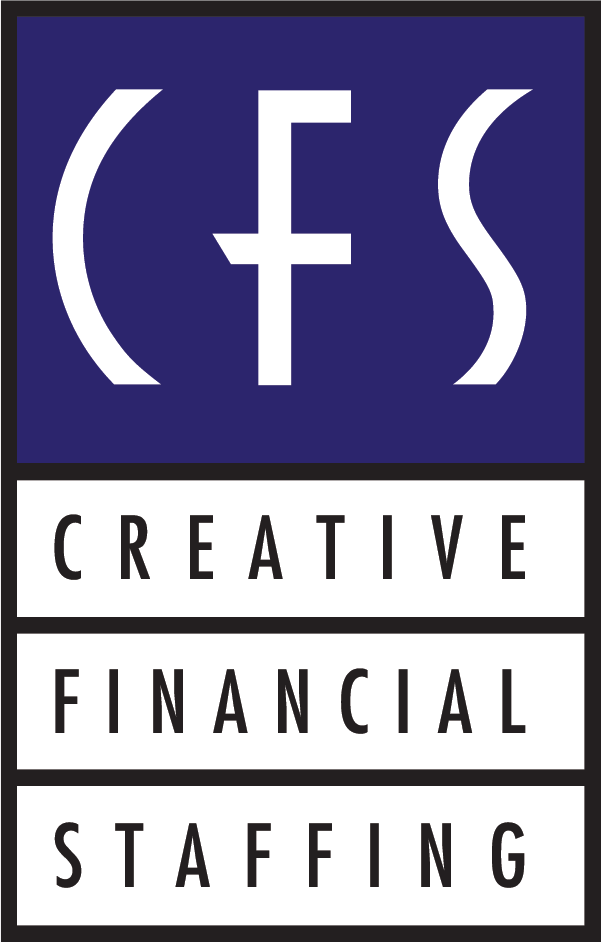With the effects of COVID-19 still looming, Business Owners and Employers are now being faced with alarming turnover rates. “Recent national surveys show that workers are leaving their jobs — or thinking about leaving — at record rates” (‘The Great Resignation’ is looming). According to Microsoft’s 2021 Work Trend Index, 40 percent of the global workforce is considering leaving their current employer this year. This national trend has become known as the “Great Resignation”.
Higher Employee Burnout Rates Lead to Higher Turnover Rates
After living through a global pandemic, employees are re-evaluating their futures and career paths. Workers are seeking happier, healthier, and more supportive work environments. They also long for more money, more flexibility, and a work environment where they will be valued. Fluffy perks and benefits — free beer, games, catered lunches — will no longer do the trick.
According to Gallup’s State of the Global Workplace 2021 Report, daily stress climbed to 43% for employees worldwide in 2020. Daily stress for employees in the U.S and Canada climbed to a whopping 57%. The need to prioritize employee wellbeing and to improve company culture has never been more crucial.
Before the “Great Resignation” hits your organization, consider these proactive steps to retain your top talent.
How to Retain Your Top Talent:
1. Communicate. Communicate. Communicate.
In a time of hybrid and fully remote work, where in-person face-to-face interactions are limited, strong communication is essential. Whether weekly video meetings, daily Slack/Skype chats, or daily phone calls are implemented, leaders need to be checking-in with their employees on a more consistent basis. Just remember, there is a fine line between strong communication and micromanagement; employees need to know that they are trusted in this new remote work environment.
Strong communication should extend throughout the entire organization, this includes upper-level management. Company goals should be shared, challenges discussed, and successes celebrated. Doing so ensures that every employee feels involved, which, in turn, boosts company morale, increases employee engagement, and increases employee retention rates.
2. Celebrate the Small Wins
Businesses learned countless lessons throughout the COVID-19 pandemic, one being the importance of celebrating the small wins. In a time of immense uncertainty, each day was a challenge. With that said, the little victories began to feel that much more significant. Why not celebrate? You didn’t give up. Your employees didn’t give up. Celebrate that. Celebrate your success.
Looking for ideas to implement? Here are a few small ways we celebrate success at CFS:
- Internal employee shout outs
- Social media Thank You’s
- Treat a coworker to coffee/lunch
3. Offer Employees a Flexible Schedule
Failure to grow out of old business paradigms will cause companies to struggle. Hybrid work is here to stay and it’s critical for attracting and retaining top talent. Companies must understand that employees have adjusted to pandemic work-life. Disrupting their “new normal” work routines may cause employees to seek opportunities elsewhere. To avoid this, employers need to work with their staff to ease the transition back to hybrid/in-office work; they must set employees up for success and happiness after the pandemic recedes.
“People aren’t going to go back to five days a week. Offices are going to be hubs of innovation and social interaction” (What Will the Workplace Look Like in 2025?).
4. Encourage Employees to Take Time Off and Recharge
As work demands continue to rise, employees are devoting more time to work and less time focusing on their health.
The COVID-19 pandemic has nearly impacted every aspect of life, including your employees’ well-earned time off. Vacations were canceled, and shelter in place restrictions made any other vacation options extremely limited.
A pre-pandemic study conducted by Glassdoor reported that American workers only used about half of their eligible vacation time. Add a global pandemic to the mix, and employees were left with an abundance of unused vacation days at the end of 2020.
Encourage your employees to use their well-deserved vacation days before they take a trip down the burnout track. Consider these three strategies:
- Managers, set an example for your employees – you also deserve time off.
- If employees are hesitant to travel, promote staycations.
- Encourage impromptu days off – perhaps on a Monday and/or Friday for an extended weekend.
Remind your employees that you value their well-being and not just your bottom line.
5. Create Opportunities to Learn & Grow
Examine your company structure and ensure that each employee has the opportunity to learn new skills and grow within your organization. Are there training programs in place? What does the path to leadership look like? Is there a mentorship program? Do remote employees have the same opportunities?
Investing in a training program is essential to an employee’s success. Not only will this show your employees that you value them, but it will teach them new skills and help them acquire the confidence to be successful in their roles. Here at CFS, every new employee goes through a 2-week long training program. Additionally, every year we host a company-wide 3-day training, where our employees can discuss and share ideas with other top sales professionals across the country.
Having the tools to succeed is only one factor though. Employees want opportunities to grow as professionals, acquire leadership skills, and foster positive/productive working relationships, whether on-site or remote.
6. Revise Employee Benefits for the Post-Pandemic World
With record-high resignations and a labor shortage, companies should revise their benefits packages to better support their employees and their business. Pre-pandemic benefits packages are not going to cut it.
Companies must implement innovative ways to attract, hire and retain top talent in this competitive hiring market, one of which is to offer compelling job benefits.
Consider adding and/or improving the following:
- Better health insurance (Expanded mental health support)
- Flexible work schedules
- Work-from-home options
- Child and senior care benefits
- Fitness reimbursement
- Commuter benefits
Take Action: Consider Utilizing our Services
Has your organization been hit by the “Great Resignation”? Consider partnering with Creative Financial Staffing. CFS has access to top talent through our national network. We can fill roles quickly and help manage the interview/offer process.
CFS can assist your team with remote and/or onsite projects. We have staff immediately available to keep critical Accounting, Finance, and Technology functions running. Contact one of our CFS professionals today! To find the closest CFS location to you, click here.
Complimentary Resources:
5 Lessons for Managing the “New Normal”
Success Story Spotlight: Navigating COVID-19 in the Workplace
Sources:
Agovino, T. (2021). What Will the Workplace Look Like in 2025? Society for Human Resource Management (SHRM). https://www.shrm.org/hr-today/news/all-things-work/pages/the-workplace-in-2025.aspx
Gardizy, A. (2021, June 22). ‘The Great Resignation’ is looming: Why people are quitting their jobs post-pandemic. Boston Globe. https://www.bostonglobe.com/2021/06/22/business/burnout-is-one-key-predictors-turnover-what-know-about-great-resignation/
Jackson, A. (2017, May 24). We Just Can’t Unplug: 2 in 3 Employees Report Working While on Vacation. Glassdoor. https://www.glassdoor.com/blog/vacation-realities-2017/
Work Trend Index: The Next Great Disruption Is Hybrid Work—Are We Ready? (2021, March 22). Microsoft. https://www.microsoft.com/en-us/worklab/work-trend-index
State of the Global Workplace Report. (2021). Gallup. https://www.gallup.com/workplace/349484/state-of-the-global-workplace.aspx







